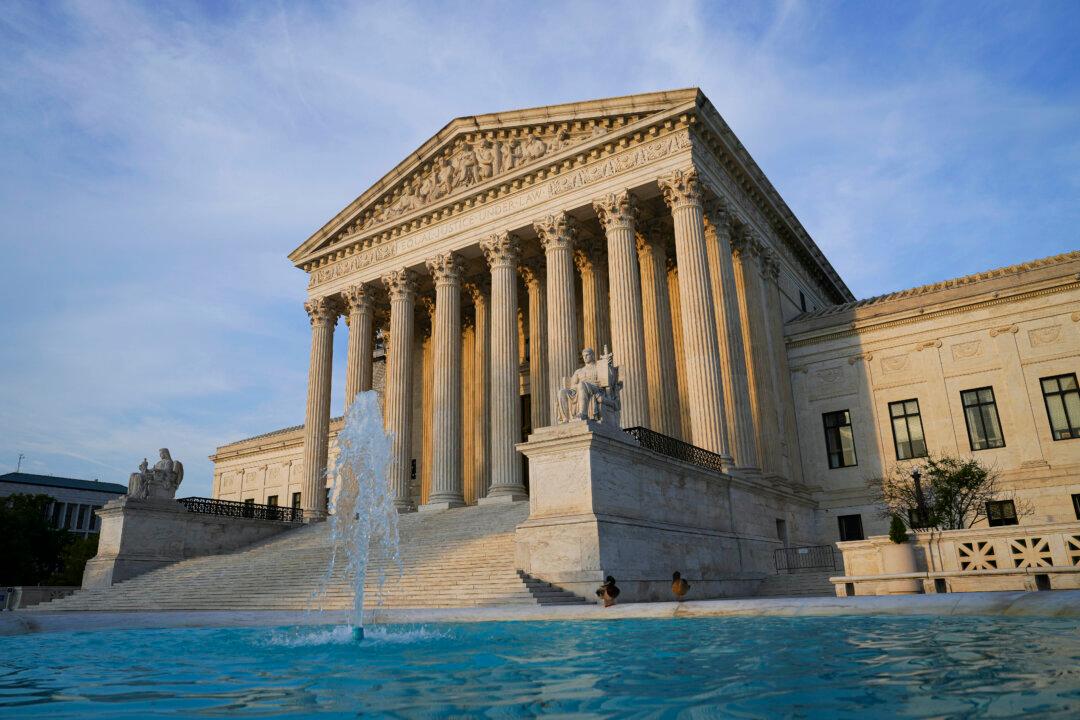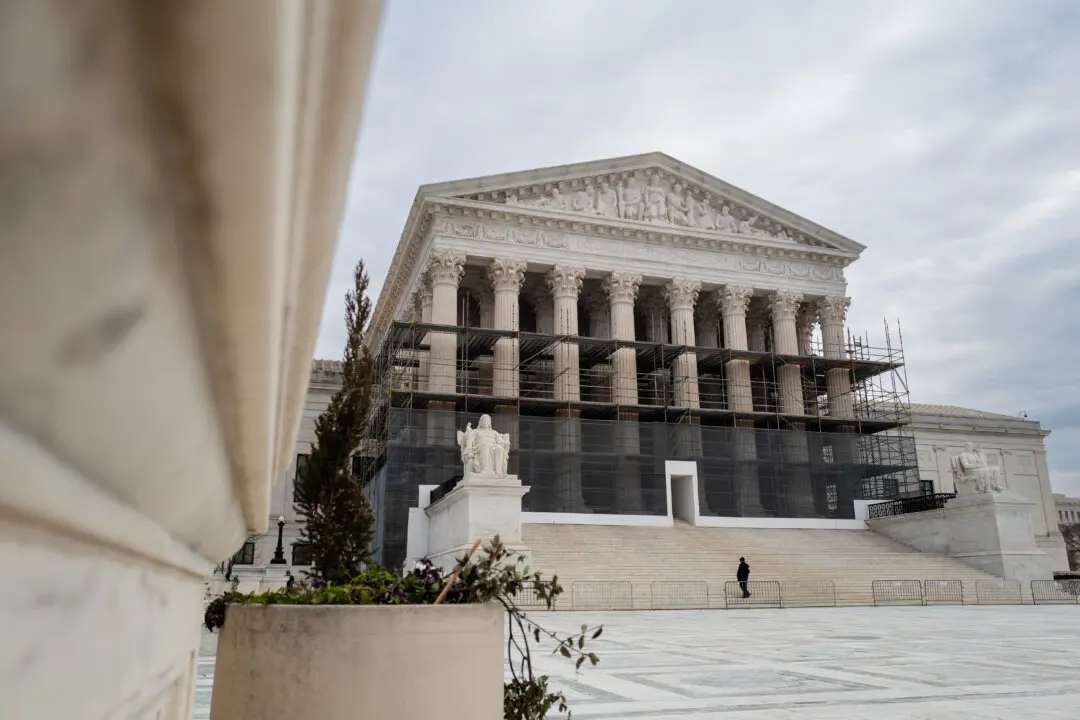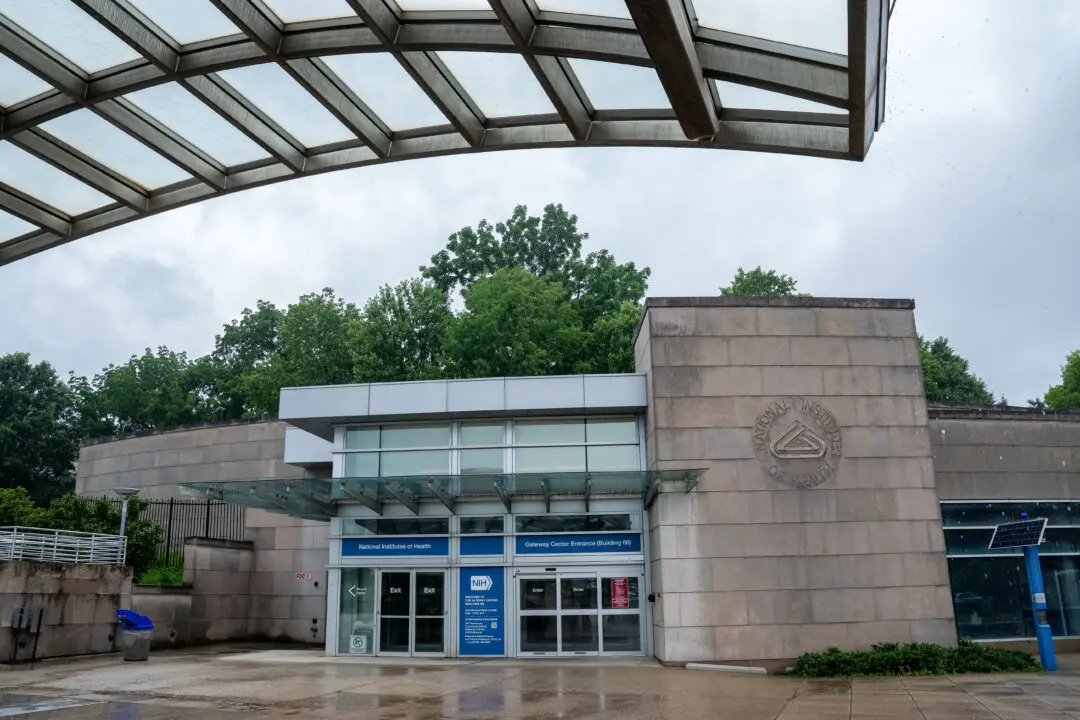In an 8–1 ruling, the U.S. Supreme Court on June 1 decided that a union’s deliberate destruction of company property as a pressure tactic in a labor dispute isn’t protected by federal law.
Labor activists have said that endangering and destroying company property during a dispute is fair game that has long been protected by the law, but companies such as the petitioner in this case—Glacier Northwest, a ready-mix concrete company headquartered in Seattle that does business as CalPortland—pushed back.





